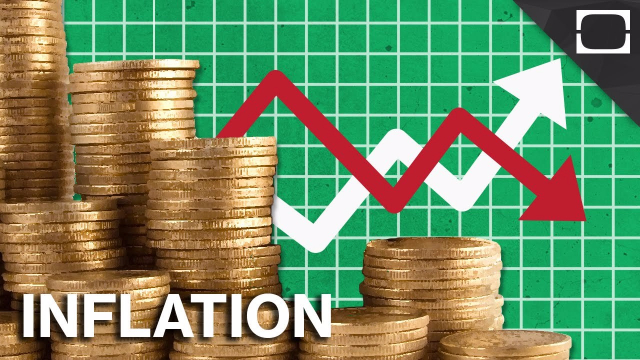
In September 2024, Ghana’s Industrial Producer Price Inflation (I-PPI) rate saw a modest improvement, slipping to 43.0 percent from 44.6 percent in August, marking a year-on-year decrease of 1.6 percentage points.
This overall decline reflects changes across various sectors, with some experiencing more pronounced shifts than others.
The mining and quarrying sub-sector registered the most significant drop, with inflation decreasing sharply from 54.2 percent in August to 48.7 percent in September.
This downturn could provide some relief to businesses in this sector, which has long faced cost pressures, especially due to fluctuations in commodity prices and regulatory challenges.
The manufacturing sub-sector also experienced a slight easing of inflation, down to 21.8 percent from 22.9 percent in the previous month.
However, within manufacturing, certain groups still struggled with elevated costs.
Leading this were the manufacturers of basic metals, whose inflation rate hit 52.0 percent, reflecting persistent input cost pressures in the metal industry.
The beverage manufacturing sector followed closely with a 44.5 percent inflation rate, highlighting the ongoing challenges in raw material procurement and production costs for producers.
In the electricity and gas sub-sector, inflation saw a more moderate decline, slipping from 12.4 percent in August to 10.4 percent in September.
This easing could reflect improved stability in energy pricing or supply, which is critical for supporting broader industrial activities.
In contrast, the water supply, sewerage, and waste management sub-sector held steady with a relatively low inflation rate of 4.0 percent, indicating minimal shifts in pricing for these essential services.
However, not all sub-sectors followed the downward trend. The waste collection, treatment, and disposal activities sub-sector witnessed a sharp rise in inflation, jumping from 2.9 percent in August to 6.8 percent in September.
This could be attributed to increased costs in managing waste and materials recovery, possibly driven by rising operational expenses or stricter environmental regulations.
The overall easing of industrial producer inflation hints at a potential stabilization in production costs, which could bring relief to businesses and consumers alike.
However, the sector-specific fluctuations indicate that challenges remain. The mining, manufacturing, and waste management sectors, in particular, continue to grapple with significant cost pressures.
As such, policymakers and industry leaders must remain vigilant, ensuring that inflationary trends are closely monitored and that strategic measures are in place to mitigate any future spikes that could hamper economic growth.
Story by: Mercy Addai Turkson




